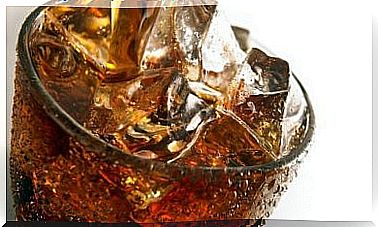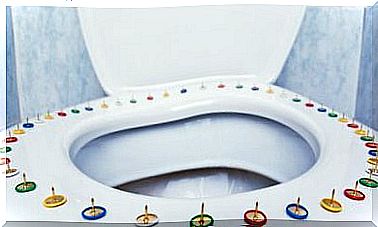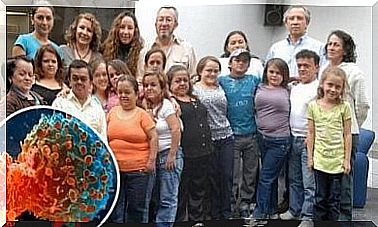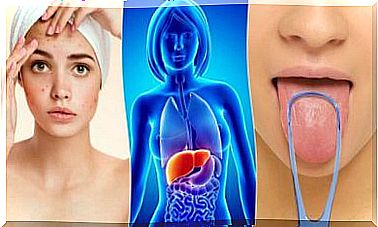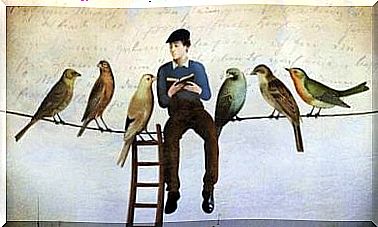Symptoms And Treatment Of Migraine In Children
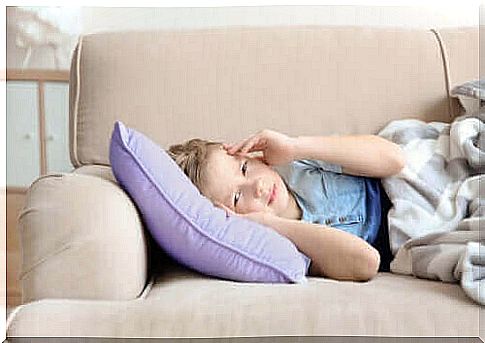
Migraines in children are inhibitory and can interfere with their daily tasks. This condition often leads to poor performance in school. How to identify it?
Migraine cases are common in children and can affect them at any age. In fact, statistics from the American Migraine Research Foundation show that about 10% of school children suffer from migraines, and up to 28% of teens between the ages of 15 and 19 are affected by this disorder.
This type of headache is often debilitating and can affect daily activities. When it comes to children, it leads to a form of discomfort that can worsen their performance in school and their social life.
In general, children have fewer seizures than adults. However, the condition can be equally disabling for both age groups. It naturally affects a child’s quality of life if not treated properly.
Symptoms of migraine in children
There are two types of migraines.
- The periodic, which comes sporadically.
- The chronic, which is constant.
In the next we will describe the typical migraine attacks. But we must point out that they may differ from those seen in adults.
Children often find it difficult to identify their symptoms and even more difficult to put into words the pain they are experiencing due to their age. Migraines can be of moderate or strong intensity and come along with other symptoms.
They show up through a whole series of events that occur over several hours or days. For example, a typical migraine attack without aura goes through three phases:
- The heralding phase.
- The headache phase.
- The post-migraine phase.
Symptoms associated with the warning phase are as follows:
- Nausea and vomiting.
- Pain behind the eye or ear.
- Pain in the temples.
- Sensation of seeing spots or flashing lights.
- Sensitivity to light or sound.
- Temporary loss of vision.
- Paleness or streaks under the eyes.
- Mood swings.
All of these symptoms can occur hours or an entire day before the onset of the late painful phase. The pain will usually affect both sides of the head as opposed to adults where it is only one side. It can be sharp and prevent the performance of daily tasks.

Migraine attacks in children can be just as disabling as in adults.
Aurafasen
This type of seizure is an additional phase that can occur either before the headache or at the same time as it. The aura is usually visual, which sparks as it develops. Therefore, young children may be unable to express this type of headache.
Educators can talk about symptoms such as pallor, decreased activity level and vomiting. The most important characteristic of the post-migraine phase is a state of exhaustion.
In addition to the physical symptoms , some children may develop anticipatory anxiety because they expect another painful seizure.
Chronic migraine can be seen in a small percentage of children, as mentioned earlier. This refers to the kind of pain that lasts more than four hours a day, for 15 days or more per month for over three months.
Treatment of migraines in children
Children who are affected by this disease will typically want to lie down in a quiet, dark room and get relief from sleeping. Suitable medicines for the treatment of migraines range from common painkillers such as ibuprofen, paracetamol and pinex.
A patient may need to try several types of medication to find the most effective one for them. The sooner you start taking the medicine, the more effective it will be. In addition, anti-nausea and vomiting remedies can also sometimes help.
There is no definitive cure for migraine and its pathophysiology is not completely known yet. But by keeping track of what triggers your own migraines, you can get valuable information on how to avoid them. This could include:
- Dietary considerations.
- How well hydrated you are.
- Use of certain types of medicines.
- Changes in sleep patterns.

A good sleep pattern in the little ones is essential to relieve the migraine.
General considerations
The presence of migraines in children can be a cause of anxiety for both the children and their parents and caregivers. So the good advice is to always talk to your doctor so you can get an accurate diagnosis and the right medication.
Lastly, as mentioned above, you should make sure that your child gets ample opportunity to be active and sleep. Also, make sure that they get a well-balanced diet as this can also help prevent migraines.
We hope you enjoyed this article.

